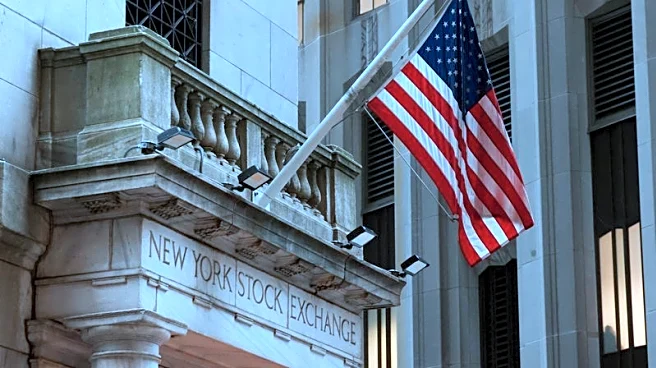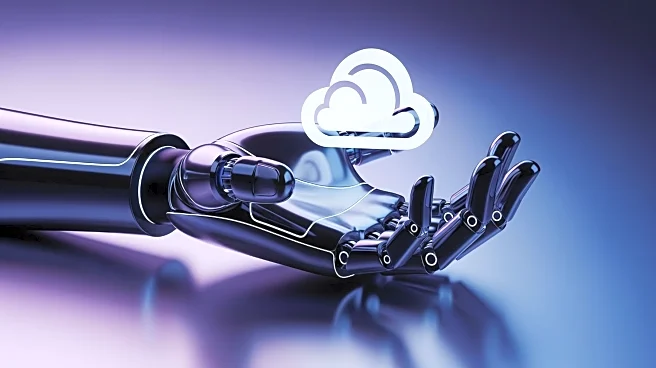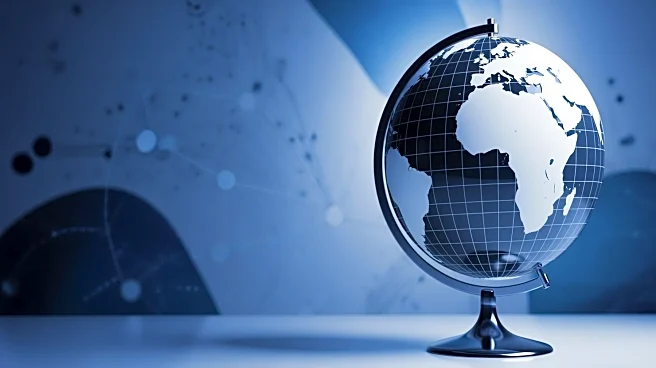What's Happening?
The global OEM insulation market is set to expand significantly, growing from USD 16.6 billion in 2025 to USD 25.3 billion by 2035. This growth is driven by the increasing adoption of energy-efficient technologies across various sectors, including HVAC
systems, electric vehicles (EVs), industrial refrigeration, and consumer appliances. The market is expected to grow at a compound annual growth rate (CAGR) of 4.3%, highlighting the critical role of insulation in enhancing energy performance, reducing emissions, and improving safety standards in manufacturing. Key factors contributing to this growth include stringent energy efficiency regulations, the rapid electrification of vehicles, and the push for building decarbonization. Glass wool and blanket systems are leading the market due to their thermal stability, acoustic absorption, and fire resistance.
Why It's Important?
The expansion of the OEM insulation market is significant for several reasons. It underscores the global shift towards energy efficiency and sustainability in manufacturing, which is crucial for reducing carbon footprints and meeting international environmental standards. The automotive industry, in particular, stands to benefit as it transitions to electric mobility, requiring advanced insulation for battery thermal management and cabin acoustics. This market growth also presents opportunities for insulation manufacturers and OEMs to innovate and deliver cost-effective, sustainable solutions. Regions like Asia Pacific, North America, and Europe are at the forefront of this expansion, with countries like China, India, and the United States leading in production and technological advancements.
What's Next?
As the market continues to grow, strategic collaborations among manufacturers, suppliers, and policymakers are expected to shape the future of OEM insulation. Companies are likely to invest in integrated thermal systems and sustainable materials to meet circular economy goals. Governments may enhance efficiency standards and offer incentives for EV manufacturing and sustainable material innovation. The competitive landscape will focus on technical validation, fire safety certifications, and sustainability differentiation, moving beyond price competition. This evolution will redefine performance standards and manufacturing efficiency globally.
Beyond the Headlines
The growth of the OEM insulation market reflects broader industrial trends towards electrification and sustainability. It highlights the increasing importance of insulation not just as a material, but as a strategic enabler of next-generation design and environmental responsibility. This shift could lead to long-term changes in manufacturing practices, emphasizing the need for smarter, safer, and more sustainable solutions.















